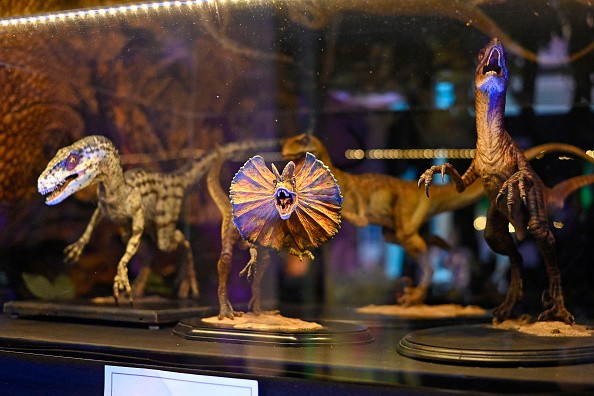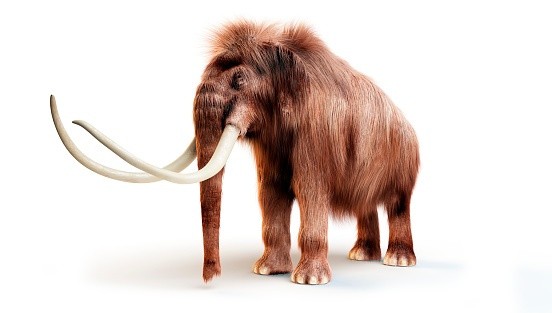"Jurassic Park" is one of (if not the) most iconic stories ever told, and all because of an interesting scientific premise: the hope that one day, prehistoric animals can be brought back from extinction.

But is it just within the realm of fiction, or could it be actual science?
Experts have debated for years about the possibility of de-extinction. Numerous studies have also taken a look at it, and here is what the data tells us.
How 'Jurassic Park' Explains It
In the movie "Jurassic Park," scientists explained their bioengineering feat as follows: they were able to extract dinosaur DNA from a mosquito preserved in amber, whose last meal was dinosaur blood.
This is the basic premise of the movie's de-extinction process. However, the real science is a bit more complicated than that, as per ScienceFocus.
The first ever documented case of de-extinction was in 2003. A team of scientists managed to "resurrect" the Pyrenean Ibex, a species that went extinct three years earlier. However, the ibex youngling died mere minutes after birth.
To achieve the feat (however short-lived it was), the researchers used a piece of frozen skin to clone it, writes National Geographic.
It's a very complicated topic that deserves its own article, but the point is that cloning didn't work as well as the scientists had hoped. And since it didn't work on an animal that only recently went extinct, how could it possibly apply to an animal that went extinct millions of years ago?
That's where things start to get tricky.
On The Question Of DNA Preservation
In "Jurassic Park," the prehistoric animal DNA they extracted were said to be 80 million years old. Now, a lot of comments say that it's impossible for animal genetic material to survive that long, and they're actually both wrong and right.
DNA hasn't been proven to survive almost intact for as long as 80 million years. But it can theoretically survive almost a million years or maybe even more, according to NBC News.

The oldest DNA samples currently in existence are 800,000 year-old specimens from prehistoric insects and plants excavated in Greenland.
Deeper analysis of the genetic material also indicated that DNA's half-life is around 512 years. What this means is that half of the DNA bonds will decay 512 years after death, and the other half 512 years afterwards--a rate 400 times slower than initially thought.
Scientists then estimated that under the right environmental conditions (which can be rare), the maximum theoretical shelf life of prehistoric animal DNA could survive as long as 6.8 million years after death.
It's still so far away from "Jurassic Park," but maybe it's a start.
We Can't Bring Back Everything
So, theoretically, we can't choose anything older than 6.8 million years for de-extinction. That's so far off the mark from when dinosaurs last roamed the Earth, meaning you can take building a real-life "Jurassic Park" or "Jurassic World" out of the equation.
But what about the other prehistoric animals that fit within the theory?

Biologist Ben Shapiro, in an interview with the Smithsonian Magazine, shares his opinions on which extinct animals we should bring back. While he didn't explicitly name one animal at the top, he did say that it should be something that will make people interested in science and technology.
Sorry "Jurassic Park" fans, but resurrecting dinosaurs is so far out of our league.
Related: Watch This Sweet Take On Dinosaurs In This Reimagining Of 'Jurassic Park' As A Nature Documentary
This article is owned by Tech Times
Written by RJ Pierce
![Apple Watch Series 10 [GPS 42mm]](https://d.techtimes.com/en/full/453899/apple-watch-series-10-gps-42mm.jpg?w=184&h=103&f=9fb3c2ea2db928c663d1d2eadbcb3e52)



